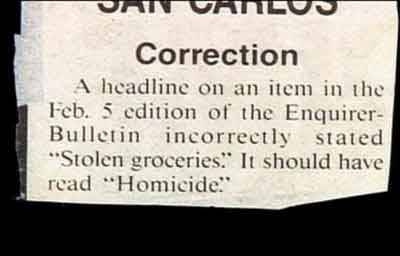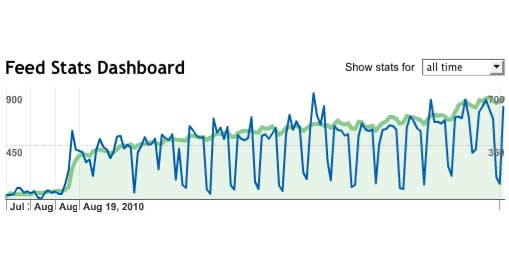I’ve been drawing for so long, I forget what it feels like to learn how to draw. But once in a while, I learn something really basic for the first time. I wanted to write about it before I forget what it feels like.
The topic: spirals. I love ’em. I used ’em for clouds in Sita Sings the Blues:

And for ocean waves in my fake-Moghul-minature style:

Now, I believe I can draw anything. That doesn’t mean I can just sit down and draw anything off the top of my head. What it really means is I can copy anything. Everything in my drawing memory banks originated from copying one thing or another at one time (notice how I used “originated” and “copying” in the same sentence). Everything I copy is stored somewhere in my head, and my muscles too – actually moving my hand around a shape forms my mind in a way that just looking doesn’t.
I’ve looked at a lot of pictures of Tibetan-style clouds. Some of these showed up in Indian art, in the Adventures of Hamzaa, the beautiful catalogue of which I owned until I left it behind with the bed bugs. Apparently Moghuls imported artists from all over Asia, which is why some Moghul miniatures are beautiful mish-mashes of Persian and Himalayan styles.
I saw the spirals in those cloud designs, so I drew clouds with spirals. They didn’t really look the same, which was fine – I wasn’t copying directly, merely being “influenced.” I made do with the spiral-drawing skills I had.
Fast-forward to today, and my new hobby: sewing. It turns out you can draw with an ordinary sewing machine! It’s called “free motion,” and I only learned it was possible last month. A few weeks ago I bought a machine and fabric and stuff, beginning another kind of spiral that’s taking over my life & apartment (more on that later). Drawing with a sewing machine is different from drawing conventionally in 2 significant ways:
- The “pen” stays still and you move the “paper” (fabric) around.
- You can’t lift the pen. It stays down the whole time.
#1 is simple in theory, but difficult in practice as I need to retrain my muscles. It’s like holding a pen for the first time, or drawing with my feet. I’m clumsy, for sure.
#2 seems simple – after all, isn’t drawing intricate designs with long meandering continuous lines what every stoned college kid does? Well, I haven’t been a college kid for 23 years, and I don’t get stoned (my few experiences with pot didn’t go very well). I never thought about how much I lift my pen. I usually draw with a lot of short strokes. I had to get in the stoned-doodling-college-kid mindset and keep my pen down.
I thought the cloud designs from SSTB would look nice quilted, so I used one in this, my first Trapunto experiment (more after the jump):
Continue reading “Spiral In, Spiral Out”








